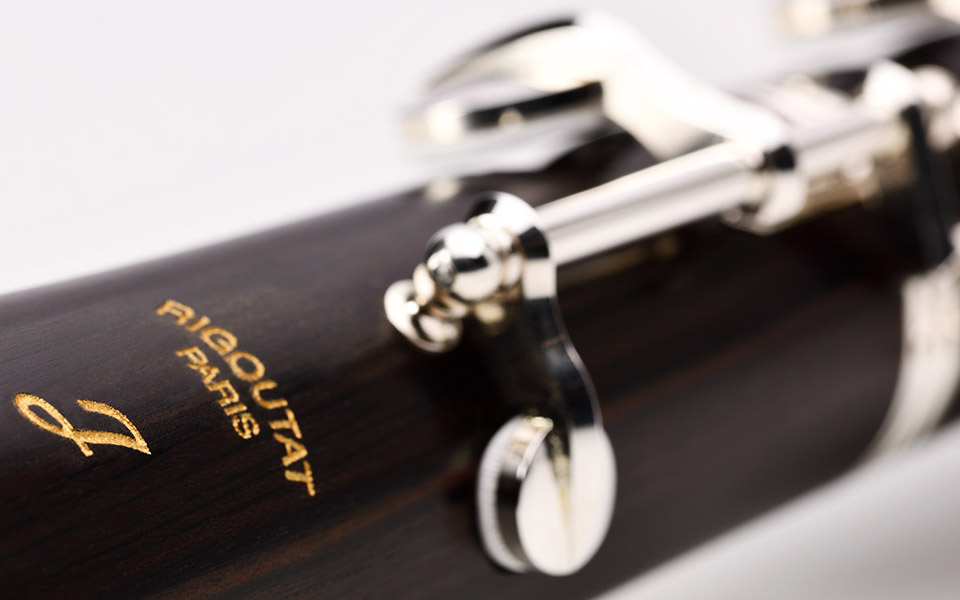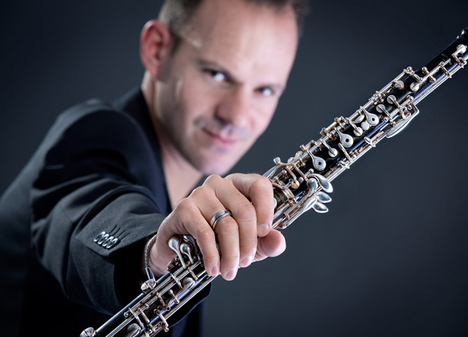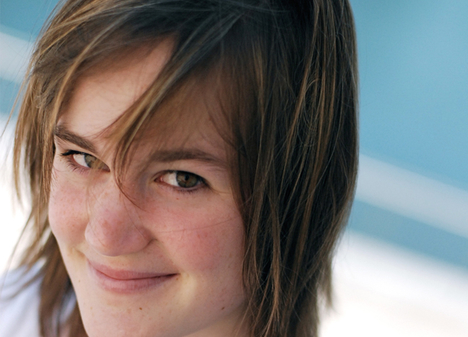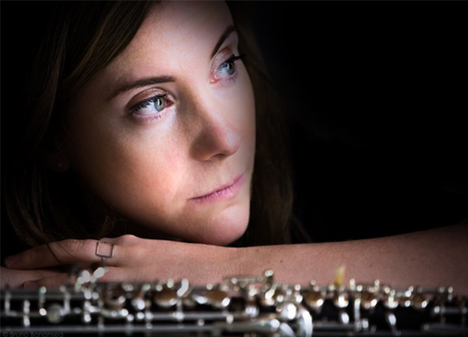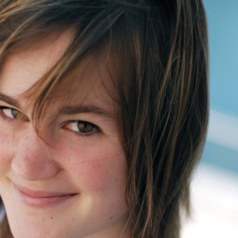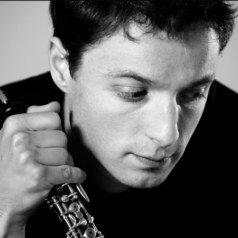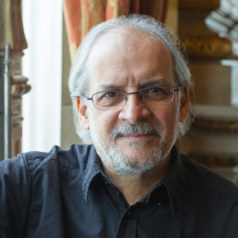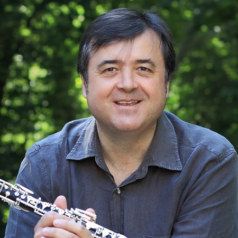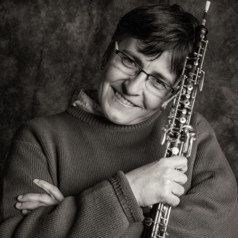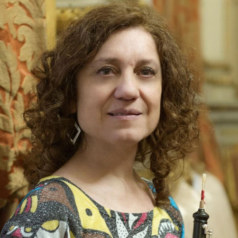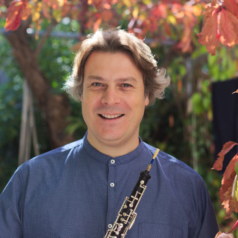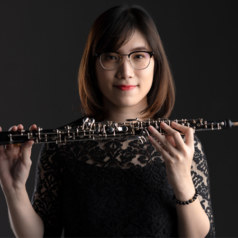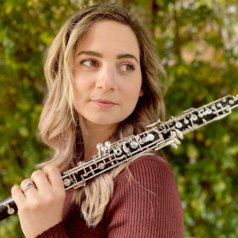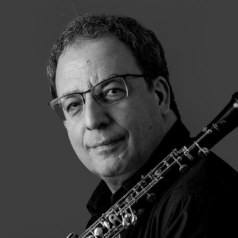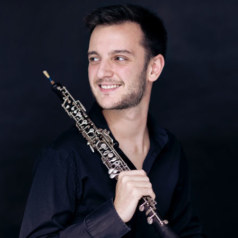JEAN-CLAUDE JABOULAY
French Oboist, Soloist, Chamber Musician and Oboe Professor
The J offers greater playability. If I’m proud of one thing with Philippe and all those who worked on the J, it’s that we managed to keep the Rigoutat sound.
PHILIBERT PERRINE
Hautbois Co-Soliste à l'Orchestre de l'Opéra de Paris et professeur au CRR de Rueil Malmaison
I love the possibilities offered by this instrument: the richness, range of timbres, and the freedom that all of that gives you. The J is warm and sparkling, bright and seductive. It’s an easy instrument because it’s precise. It truly gives great playability and a Rigoutat sound. I have a personal attachment to the J. I began playing when Jacques Tys became my teacher and, for me, it’s the instrument on which I really learned to play the oboe. As for the evenness of tone, it’s so much part of Rigoutat instruments that it’s no longer even an issue.
Jacques Tys
Oboe Soloist of the Opera National de Paris Orchestra and Professor at the CNSM of Paris
We created the J to keep the story going. For me, the J is denser and, above all, it keeps the Rigoutat uniqueness of a singing timbre that allows greater expression.
SÉBASTIEN GIOT
Oboe Soloist for the Orchestre Philharmonique de Strasbourg and Professor in the Conservatoire de Strasbourg et à l’Académie Supérieur des Arts du Rhin
The J is unconventional; every day it lets me discover new timbres, new phrasing, I never get bored. It is this flexibility in fashioning the sound that is very attractive with Rigoutat. For me, the J is all about adaptability with a powerful sound level and breadth, in the play as well, and in the way you blow into the instrument, you have space. It’s a balanced instrument with even tone over the whole register, stable and in tune. It has a singing, “top oboe” quality and it’s an instrument that provides a lot of good sensations. It sings, it’s bright, and it stays like that throughout the range.
Claire Bagot:
Principal Oboe of the Orchestre National de Lille
The J was a revolution. It was a rounder, more seductive sound, it was “fashionable”. It is the evenness of tone that makes the difference. There are no low notes that are too soft or high notes that are too shrill. In my opinion, the J has the characteristic Rigoutat sound with even greater playability compared to other Rigoutat instruments. The range of timbres is wider. There’s no more to be said, one can only say positive things about this instrument. My oboe sounds as if it’s at home, it’s like blowing into very comfortable foam. There is a real cottony, comfy side to it.
Mathilde Lebert
Principal Oboe at the Orchestre National de France
The J keeps the Rigoutat sound signature while offering projection and breadth of sound. What I really like is that sound projection is easy and there is evenness over the whole register. It’s a very reliable instrument, very easy to play and very flexible as you can play chamber music with it as easily as you can orchestral music. It’s exactly what I need. I think the J gives me stability in the intonation. I fell in love with it straight away. It gives off good vibes, good vibration.

